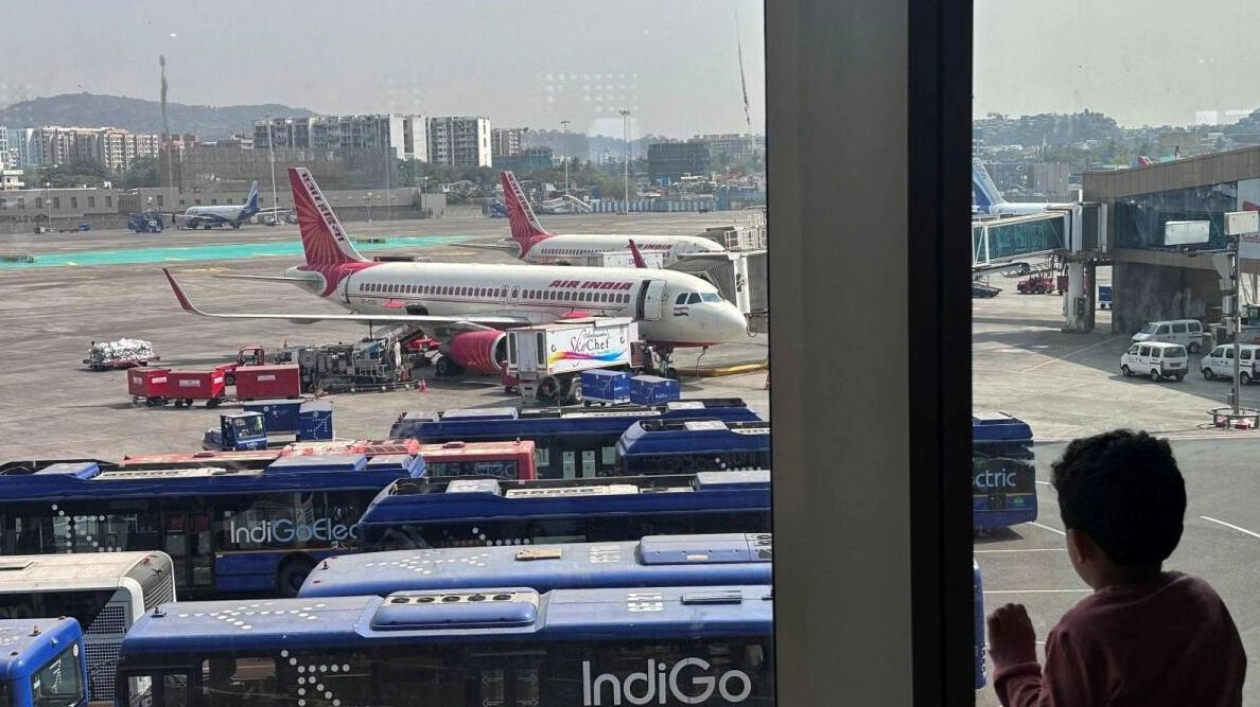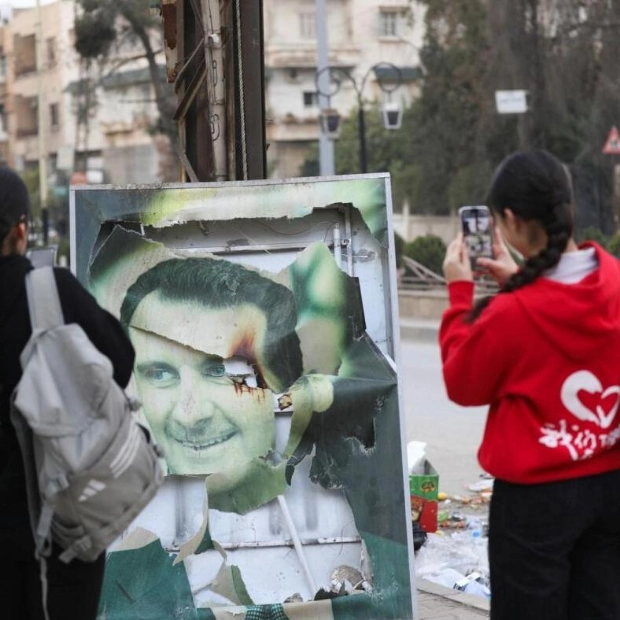Air India passenger aircraft stationed at Mumbai's Chhatrapati Shivaji Maharaj International Airport. Photo: Reuters file
Bomb threats on flights demand serious attention. Public safety is paramount, and every threat must be treated as real until proven otherwise. This was highlighted by UAE-based security and technology experts following a series of hoax bomb threats that disrupted multiple Indian flights over the past three days.
"Any bomb threat can induce fear, panic, confusion, and chaos among passengers. It may lead to excessive responses, such as evacuating airport terminals or diverting aircraft. The financial impact on airlines is substantial—each hour of disruption can cost between $20,000 to $200,000," explained Rayad Kamal Ayub, a Dubai-based IT security expert, in an interview with Khaleej Times.
Ayub emphasized that public safety must always take precedence, and threats should be considered genuine until the suspect is identified and authorities confirm the threat is neutralized. Over 10 bomb threats targeted Indian carriers on Monday and Tuesday, many posted on social media by unverified users whose accounts were subsequently suspended, according to Indian authorities.
Irene Corpuz, founding partner and board member of Women in Cybersecurity Middle East, stressed the importance of passenger cooperation with airline crew and security agencies. She assured that authorities treat all bomb threats seriously unless proven otherwise. Corpuz noted that the social media accounts of those responsible for the threats had been suspended, and investigations are ongoing, involving IP tracking, metadata analysis, and collaboration with international agencies.
Rayad Kamal Ayub, Managing Director of Dubai-based Rayad Group, highlighted the complexity of bomb threat assessment, requiring swift, well-informed decisions under pressure. He underscored the need for thorough training of assessors and regular drills to ensure effective bomb threat management. Ayub also detailed the process of identifying suspects behind bomb threats, involving meticulous data analysis and coordination between law enforcement and service providers.
He concluded by emphasizing the need for industry experts and government collaboration to address these challenges and hold responsible entities accountable.






